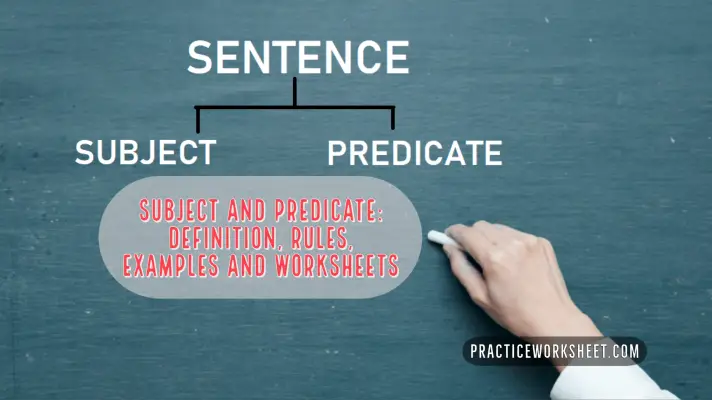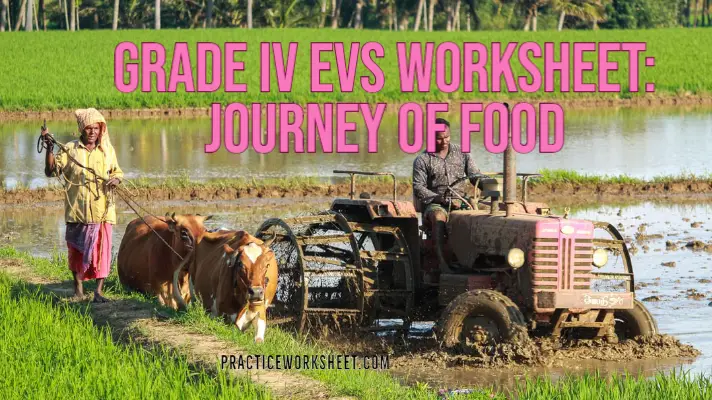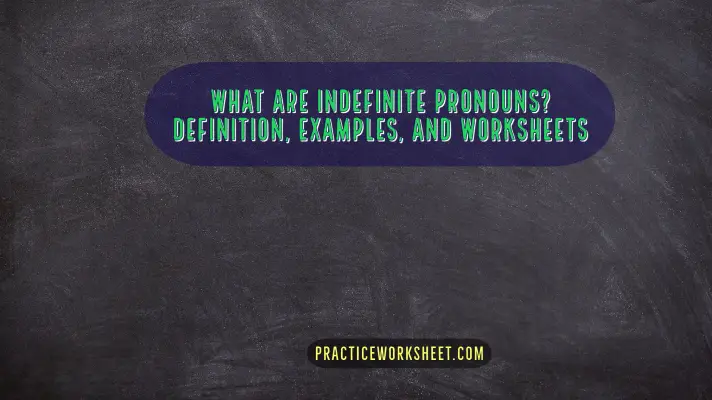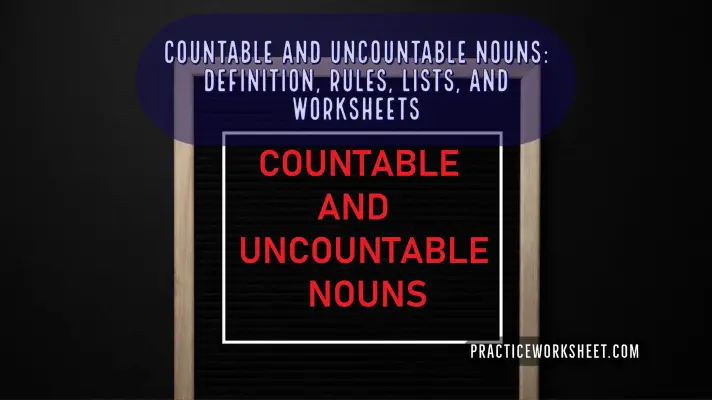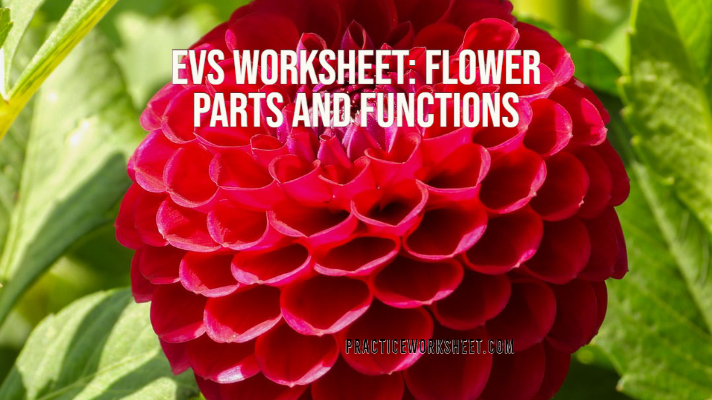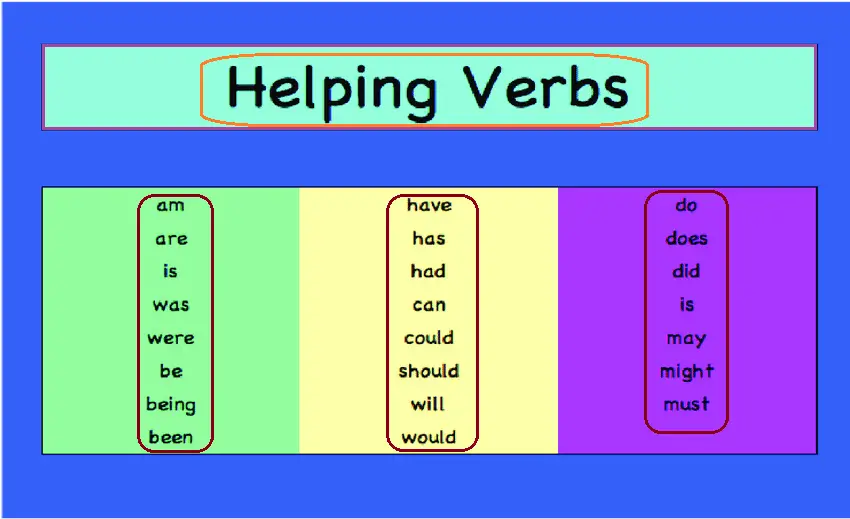Plants are extremely important living organisms on earth. For both human beings and animals, they are immensely beneficial. Plants produce oxygen because of which life exists on earth. They grow almost everywhere on the planet; on mountains, in valleys, in deserts, in fresh, and saltwater. Plants provide food, shelter, and medicine to animals and maintain the ecological balance. Whatever we eat for a living, comes directly or indirectly from plants and trees. Plants are living things. Hence, they breathe, grow, and reproduce.
Parts of a Plant
A plant has many parts. Different parts perform different functions. The main parts of a plant include:
- Roots
- Stem
- Leaves
- Flowers
- Fruits
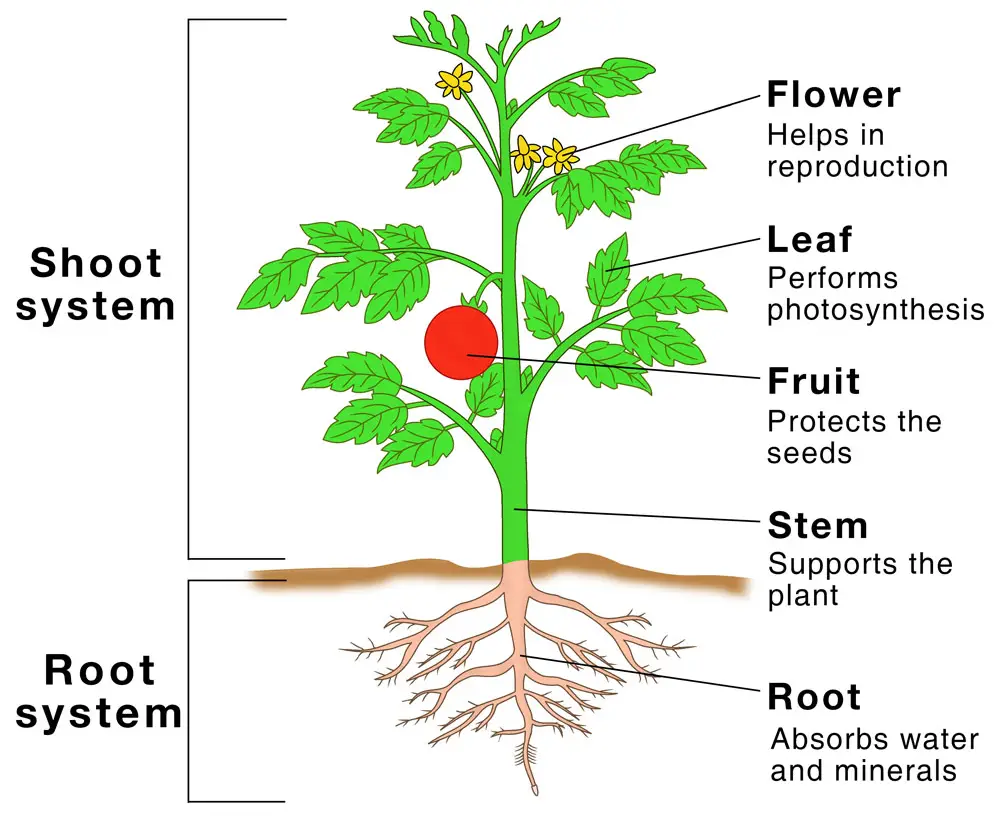
Root: Roots are the most important underground part of a plant, which prevents the plant from being pulled out easily from the soil. They absorb water and minerals from the soil and store food prepared by the plants.
Stem: The stem is the part of the plant which is found above the ground and bears branches, leaves, flowers, and fruits. The bark of trees is brown in color and younger stems are green in color. The stem of a tree is the stronger part of the tree and it is known as the trunk. It bears leaves, fruits, and flowers. It carries water and minerals from the roots to the leaves and carries prepared food from leaves to other parts of the plant. Some plants stem stores food in it which grows below the ground.
Leaves: Leaves are the most important part of the plants, it is a thin, flat and green in color. It prepares food for the plant.
Flower: Flowers are the most beautiful and colorful part of a plant. The main function of flowers is reproduction. It produces fruit and seed.
Fruits: Fruits are the main features of a flowering plant. It is a matured ovary that develops after fertilization. Some fruits are developed without fertilization
Seed: A seed contains a baby plant and food for the new plants.
Types of Plants
Plants come in many sizes, shapes, and types. Their many parts can be used by animals and people for food and other purposes.
- Shrubs: Shrubs are small bushes. They have small, hard, thin, and woody stems. They have many branches. Rose, cotton, jasmine is the example of shrubs.
- Herbs: Some small plants have soft and green stems they are called herbs. Most of herbs live in few months. Wheat, sunflower, mint is the example of herbs.
- Climber: Some plants have thin and weak stems. They need the support of another plants, sticks or walls for climbing purpose. Example: Money Plant, Grapevine etc.
- Creeper: This kind of plant also has thin and weak stems. But these don’t need the support of another plants, sticks or walls. They crawl on the soil. Example: Pumpkin, Sweet Melon etc.
- Thorny plants: Some plants have sharp things on their stems. These are thorny plants. The sharp knife-like things are called “Thorns”. These plants have thorns to protect themselves. Some thorns help the plant to take-in water. Example: Cactus, Rose, Bougainvillea etc.
- Aquatic plants: These plants are adapted to grow in aquatic regions. Example: Water Lily, Lotus, Water Chestnut etc.
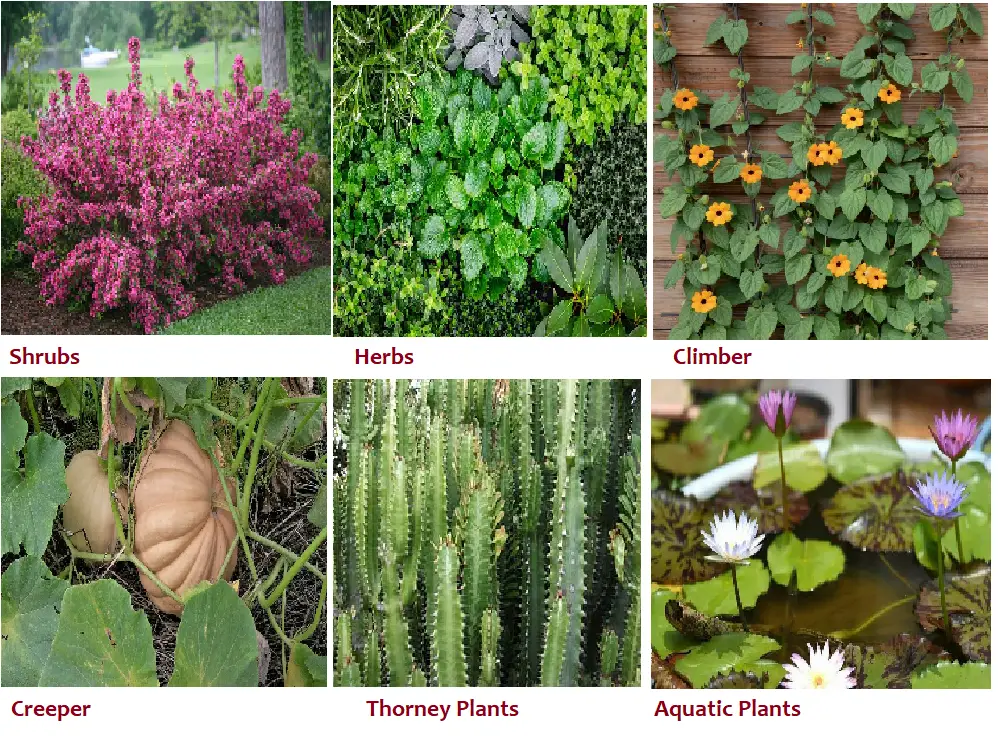
Worksheets on Plants
Q1. Chose the correct answer from the following plant worksheet problems.
- Which of these kinds of plants need a support to grow?
- Herbs
- Climbers
- Creepers
- Tree
- Woody stem of a tree is _________.
- Branch
- Bush
- Leaf
- Trunk
- Which of these plants are colorless?
- Indian pipe coral root
- Mint
- Tulsi
- Banyan tree
- Which of these are spore-bearing plants?
- Mosses
- Western Red Cedar
- Venus-Flytrap
- Pitcher plant
- Which of this has spike like leaves?
- Cactus
- Water lily
- Mango tree
- Tulsi
- Which of this have needle shape leaves?
- Fir tree
- Pine tree
- Rose
- Banyan tree
- Which plant growing in a hilly area?
- Pine tree
- Rose tree
- Banyan tree
- Mango tree
- Name the plant which stores its extra food in its stem.
- Potato
- Tomato
- Carrot
- Cauliflower
- Which of the following plants has breathing roots?
- Lotus
- Cactus
- Banana
- Mangrove
- Which of the following plants increase oxygen level in water?
- Lotus
- Water Lilly
- Areca palm
- Cactus
- Plants get carbon dioxide from the
- Leaves
- Root
- Soil
- Air
- Plant prepares their food with the help of
- Root
- Leaves
- Flower
- Brunch
- Which of the following is a root of a plant
- Jute
- Zinger
- Carrot
- Pine apple
- Which plant is used to make tyres?
- Coconut tree
- Rubber tree
- Pine tree
- Mango tree
- From which plant do we get paper?
- Coconut tree
- Pine tree
- Mango tree
- Bamboo tree
Q2. Answer the following questions related to plants?
- What all components does a tree have?
- How does the roots help us?
- Differentiate between shrubs and herbs?
- Are plants living things? Why? / Why not?
- Name any four Evergreen plant.
- Differentiate between climbers and creepers?
Q3. Read the following plant statements and put tick (√) against the correct sentences and cross (X) against the wrong ones.
- Plants are non-living things.
- Plants play a very important roll to keeping the air clean.
- Money plant is a climber.
- Some Plants are big.
- Pomegranate is a fruit that has many seeds.
- Most leaves are green in color.
- Leaf is the part of the plants that make food.
- Neem tree is a creeper.
- Climbers do not need support to stand.
Q4. Match the following plants with their names:
| Type Of Plants | Example of Plants |
| 1. Shrubs | (a) Oregano |
| 2. Water plants | (b) Bean plant |
| 3. Herbs | (c) Carrot |
| 4. Climbers | (d) Watermelon |
| 5. Creepers | (e) Cotton |
| 6. Underground Root | (f) Hydrilla |
| 7. Stem | (g) cauliflower |
| 8. Flower | (h) sugar cane |
Q5. Fill in the blanks with the correct answer from the given keys below:
Answer Key: (Water poppy, trees, Staghorn fern, venus flytrap, living, creeper, green, fibrous, soft, old pine bonsai, reedmace, shrubs, Banana, Australian Buloke)
- Leaves of most plants are _________
- Climber have hollow and _________ stem.
- _________ is a water plant.
- Big and strong plants are called _________
- Plants that are small and bushy are called__________
- Plant that have hollow stem__________
- Plant that grows in swampy areas is__________
- __________is the plant that absorb their water and nutrition from the air.
- World hardest wood is_________
- The world’s biggest herb is __________
- ________ is the most expensive spice in the world.
- __________ is an insectivorous plant.
- The grass plant has _________root.
- _________is the most expensive plant in the world.
Q6. Read the following plant statements and write True or False for correct or incorrect answers.
- Pepper is a spice.
- Rose is a creeper.
- Lotus is a tree.
- Coconut has no branch
- Root grow under the ground.
- Thorns stores food for plants.
- Cactus has thorns.

![Worksheet on Solar System [With PDF] General Knowledge Worksheet Solar System](https://practiceworksheet.com/wp-content/uploads/2020/05/General-Knowledge-Worksheet-Solar-System.png)
